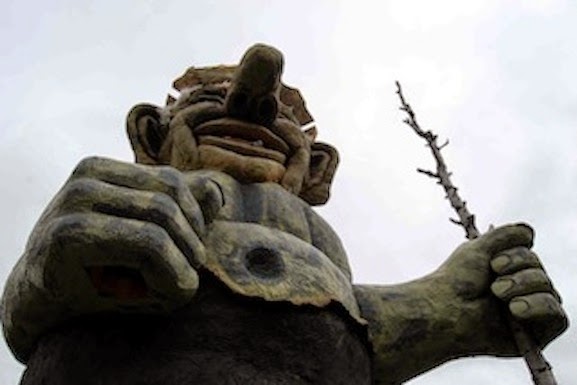A few weeks ago Roving took me to one of the most beautiful
cities in Norway: Ålesund on the western coast. Ålesund is beautiful for two reasons. 1) It is on the
western coast of Norway. 2) The city burned down in January 1904 and Kaiser
Wilhelm, who had vacationed in the area, paid to rebuild the town center in Art
Nouveau style.
I traveled to Ålesund from Bergen, another of Norway’s lovely cities. Even though every cultural guide warns against drawing parallels between one’s home culture and the place one is visiting, I couldn’t help but think that Ålesund is a little like Taos to Bergen’s Santa Fe.
Ålesund is smaller, possibly more
beautiful still than Bergen, and remarkably consistent in its commitment to Art
Nouveau style.
I was smitten by the local museum
dedicated to Art Nouveau, and I couldn’t stop taking pictures.
Everywhere was evidence of the early twentieth century effort to capture the symmetry of nature in art.
The story of Ålesund’s fire is
perhaps not that different from other cities of the late nineteenth and early
twentieth centuries. San
Francisco, of course, springs to the mind of this western historian. Nonetheless, there was something
especially poignant about the museum’s account of everyday people of Ålesund
suddenly homeless and hungry in the middle of winter in Norway. The museum includes a small rotating
exhibition, and I was fortunate to catch the photographs of Margrethe Svendsen,
who documented the city in the late 1890s and Petrine Wiik, who photographed
Ålesund in the years following the fire.
Their work reminded me of the ways in which women see other
women in cities. Where women’s
work and leisure might have been invisible to other visitors, Svendsen and Wiik
saw women on bicycles, swapping stories on a stoop, and tending shop. I was entranced by a stereographic card of little girls sharing a tea party:
Women who tour cities, observe and absorb are not often who we imagine when we imagine the urban rover. It was men, after all, who roamed New York by gas light.
But it was women who were on my mind. All three of Norway’s Roving Scholars are women this year, and just the day before my leisure in Ålesund, I had visited with teachers from Cypress at Ålesund Videregåndeskole. One mentioned that I had the perfect name for my work this year. “You know the flâneur?” said my Cypriot interlocutor. “Yes, I do!” I said, realization slowly dawning. My husband, an ardent Francophile, has long appreciated the resonance between my name and that of the nineteenth-century Parisian urban wanderer. “Well, you have the perfect name,” she said with confidence. “Because that is what the flâneur does. He flâneries! And that is what you will do here in Norway as you visit city to city.”
My morning at the museum complete, I walked through Ålesund and up into the hill above the city. Rain first threatened and then fell.

















